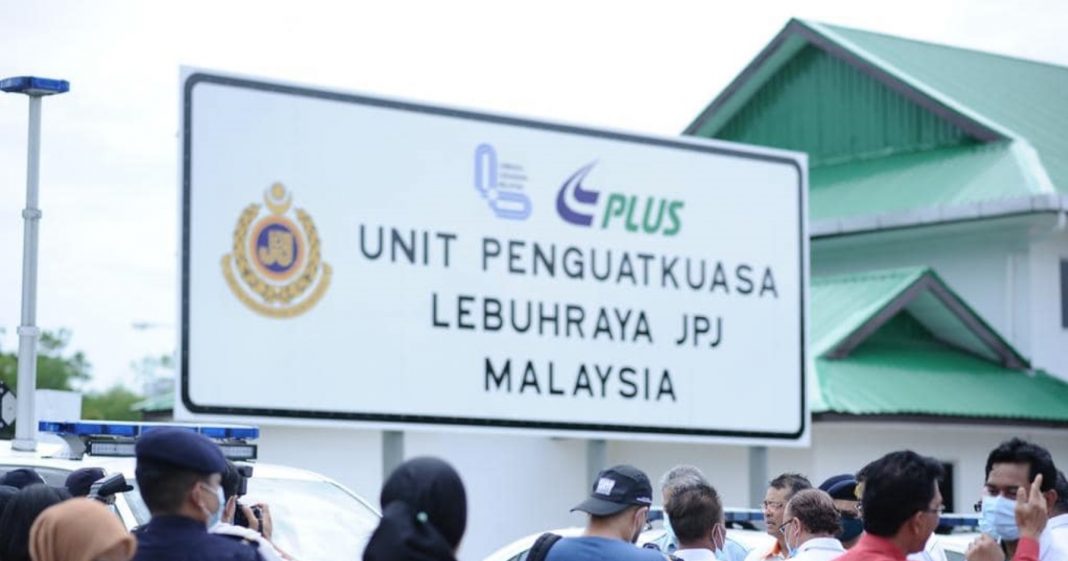

3 hours of flight training in preparation for the practical test within 60 days of the test.3 hours of flight training on flying solely by reference to instruments.
#UPLR REQUIREMENT FULL#
#UPLR REQUIREMENT LICENSE#
Here’s a snapshot of the minimum private pilot license hours requirements: Minimums The two differ only in the minimum total hours and solo flight time. Part 61 and Part 141 schools are quite similar in terms of flight time requirements for the PPL. Aeronautical Experience Requirements Summary

So, you got a good idea about the private pilot ground and flight training.įantastic, but you should also know about the private pilot hours requirements.
#UPLR REQUIREMENT MANUAL#
Using the Aeronautical Information Manual (AIM) and FAA Advisory Circulars (AC).Accident reporting requirements of the NTSB.Federal Aviation Regulations relating to private pilot privileges, limitations, and flight operations.Here’s a list of what your ground training must cover: The aeronautical knowledge areas are the same in either type of school, though. Conversely, you must complete an FAA-approved course that consists of at least 35 hours of training in Part 141 schools. You can choose between taking lessons from an authorized instructor and completing a home-study course in Part 61 school. You see, flight schools can operate under Part 61 or Part 141 of the Federal Aviation Regulations (FAR). However, the way you receive ground training depends on the type of pilot school. You must receive and log ground training to qualify for a PPL. Aeronautical Knowledge RequirementsĪeronautical knowledge constitutes one of the integral requirements for private pilot certification. Great, let’s talk about your aviation knowledge. Abide by the aircraft and operating restrictions.Undergo a medical examination every four years.The FAA came up with BasicMed back in 2017, though, which permits private pilots, among other airmen, to fly without a medical certificate provided that they: It’s valid for two years if you’re 40 years of age or over and five years if you’re under 40.ĭo you have another option to meet the medical requirements? How long is the third-class medical certificate good for? Meet the medical standards for the third-class medical certificate.Fill an official FAA application form through MedXPress.You must have at least a third-class medical certificate to take the practical test and exercise the privileges of a private pilot license.Īn FAA Aviation Medical Examiner (AME) will issue the third-class medical certificate after you: If you want to know everything, though, you should read on. Meet the aeronautical experience requirementsĮnough to get an idea about the PPL requirements? Probably.Receive flight training and a logbook endorsement from an instructor certifying you’re prepared for the practical test.Receive a logbook endorsement from an instructor certifying you’re prepared for the knowledge test.Hold at least a third-class medical certificate.student, sport, or recreational pilot certificate Be able to read, speak, write, and understand English.Be at least 17 years of age (16 for a glider or balloon).Here’s a synopsis of the FAA requirements for private pilot certification: The private pilot license requirements are a set of perquisites the FAA established for applicants to qualify for a PPL.


 0 kommentar(er)
0 kommentar(er)
